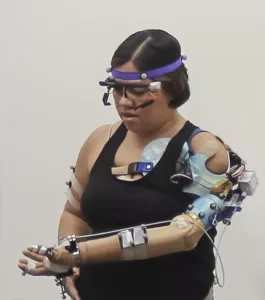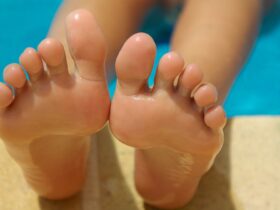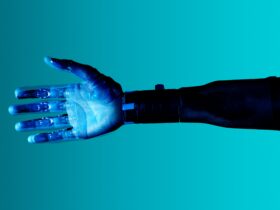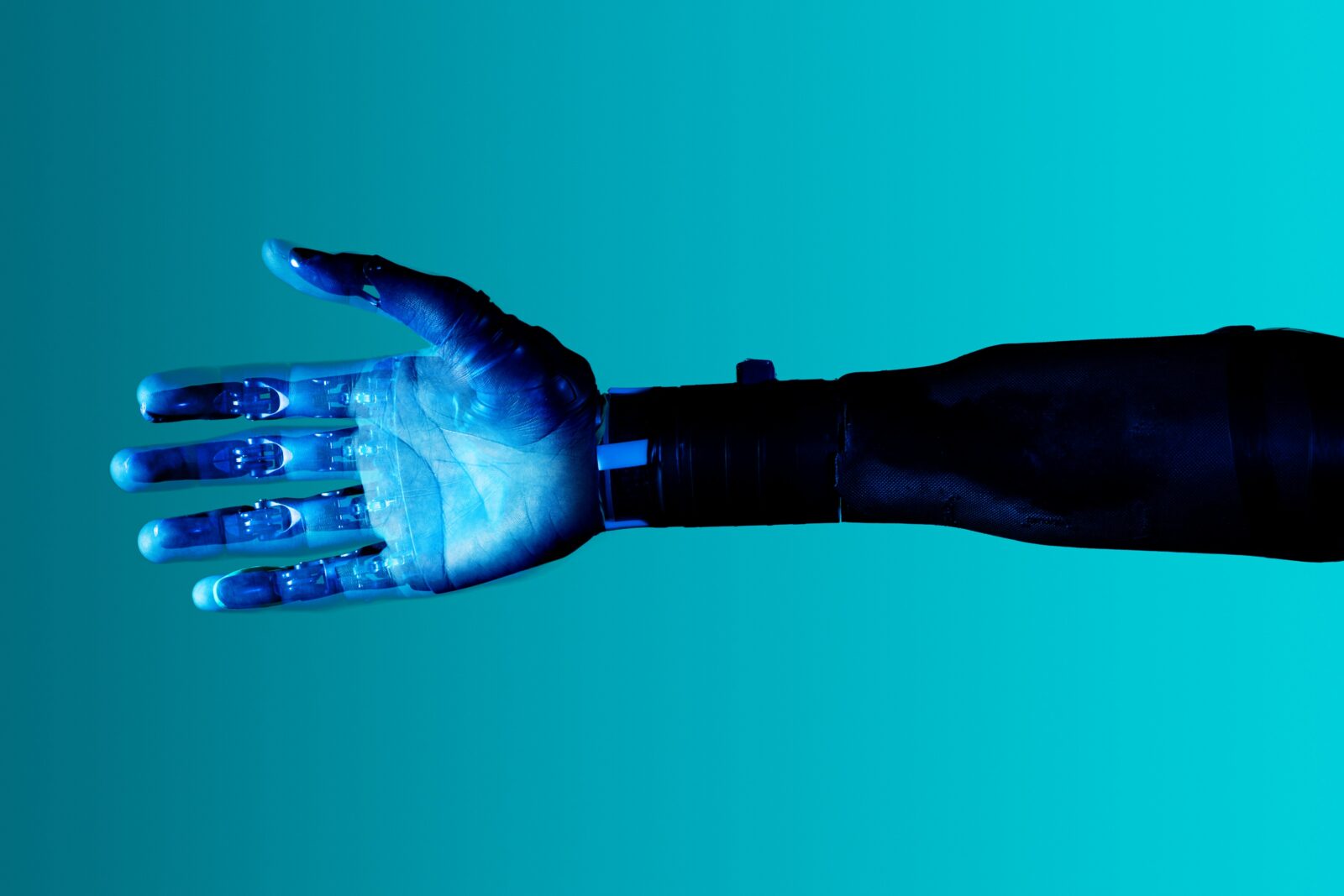Scientists have built an arm that helps make up for lost sensations. A smart prosthetic controlled by thoughts and capable of sending sensory signals to the brain has been developed by engineers who say it could offer an alternative to conventional prosthetics.
The arm enlists help from miniature robots to stimulate muscles. Featuring an advanced set of sensors and electrodes, the futuristic bionic arm sends pulses to amputees’ nerve endings to give them a sense of touch and movement. The bionic arm allows amputees to better control robotic movements. The surface of the bionic arm mimics real human skin, allowing people to gain greater sensitivity, dexterity, and coordination.

Scientists are working on a noninvasive, implantable system that captures neural signals through the skull and converts them into computerized thoughts. The robotic arm will be connected directly to the brain, allowing patients to control it by thinking about their intended movements. The design of the new bionic arm was created to more closely mimic the mechanics of natural arms by adding a component that will allow for more natural movements, including 360-degree rotation. It was also designed with several metrics that indicate the level of performance it is providing over typical prosthetic limbs.
Their new prosthetic limbs are so advanced; they can “think” for themselves, requiring amputees to simply flex their muscles when they want to use them. This means amputees are able to focus totally on what they’re doing without having to be constantly aware of what their limbs are up to.
“These advanced systems are more expensive to fit to start with, but if you use them, they don’t injure you because you don’t have to account for them. This is going to be something that’s going to cost less money in the future,” explained lead author Paul Marasco, an associate professor in the Cleveland Clinic Lerner Research Institute’s Department of Biomedical Engineering.
























Leave a Reply